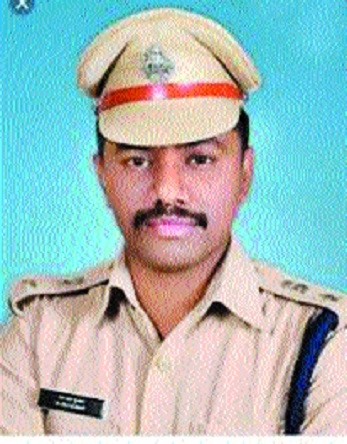GRP Nagpur double the detection rate in cellphone theft cases
| Date :16-Jan-2022 |

SP GRP M Raj Kumar
By Dheeraj Fartode :
Retrieving cellphones stolen from running trains is one of the most difficult tasks for the police as either the thief or the victim covers a distance of hundreds of kilometres before the incident comes to fore. However, the Government Railway Police (GRP) Nagpur seems to have managed to find a solution to the arduous task. Continuous tracking of the gadgets and regular follow up of the cases is helping the railway police to double the detection rate in cellphone theft cases, within a year. Moreover, tracking the device, the GRP personnel went up to Delhi, Rajasthan, Uttar Pradesh and Visakhapatnam to nab thief. According to statistics of GRP Nagpur, the detection rate was just 14 per cent as out of reported 350 cases, just 48 cases of cellphone thefts were solved in 2020. After taking reins of GRP Nagpur, Superintendent of Police M Raj Kumar came out with a Standard Operating Procedure (SoP) and ordered the police personnel to investigate cellphone missing/ theft cases by following the SoP.
As a result, the detection rate zoomed to 34 per cent as the police managed to solve 125 cellphone theft cases out of reported 367 cases in 2021. Sharing the SoP with ‘The Hitavada’, SP Raj Kumar said, the cyber cell officers are trained with new-age systems to track the cellphones. “Tracking location of the cellphone is our main focus. If the first tracking request does not get any results, the cyber cell officers send a second tracking request to service providers within a fortnight and repeat the process for next four to six months,” he explained. Following the SoP resulted in getting locations of many stolen gadgets. The locations are followed by GRP teams across the country. Recently, four stolen gadgets were recovered by the police from Rajasthan, he said. The overall detection rate of GRP in 2021 was up by 14 per cent. In 2021, a total of 185 offences were detected with a detection rate of 27 per cent as compared to just 83 cases solved against a total 617 cases (13 per cent detection rate) in 2020.